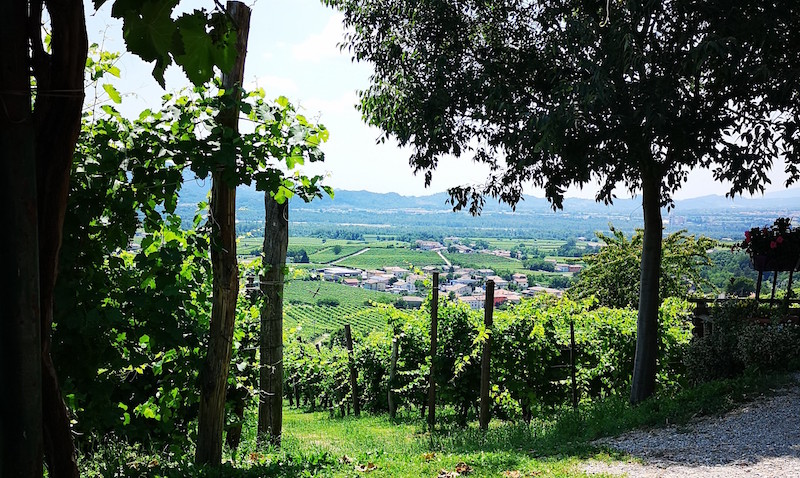
2) The grape used for Prosecco is called ‘Glera’.
The key grape in Prosecco production is ‘Glera’ (this must be 85% of the blend). Combined with the simpler production method mentioned above, this makes Prosecco taste fresh and fruity.
3) Prosecco sweetness levels are super confusing!
We all know wine can be complicated, but the labelling of the sweetness (’dosage’) levels of Prosecco are, in our opinion, pretty bonkers. Not everyone is even aware that there ARE different sweetness levels to look out for with Prosecco! Don’t be that person. Here’s what to look for on the label from driest to sweetest.
Driest: Zero Dosaggio/Nature
Then ‘Extra Brut’
Then ‘Brut’
Then ‘Extra Dry’ (who knew, right?)
Then ‘Dry’ (now this is just silly)
Sweetest: Semi Sweet/Demi Sec
So, if it’s dry you want, look for Brut or Extra Brut – or zero dosaggio if you can find it!